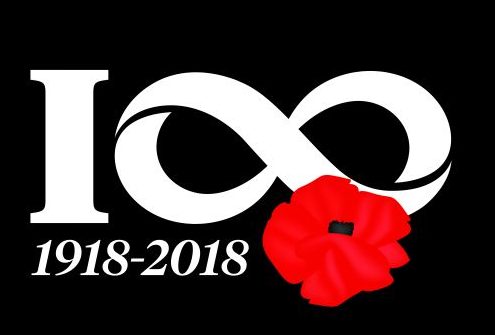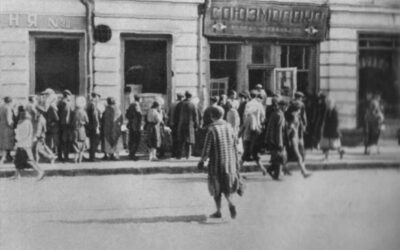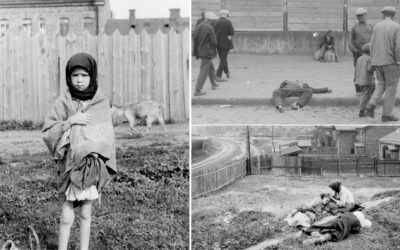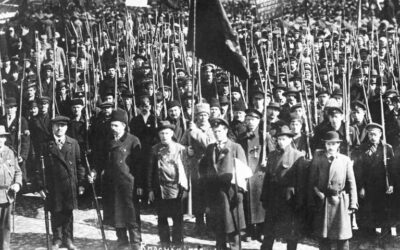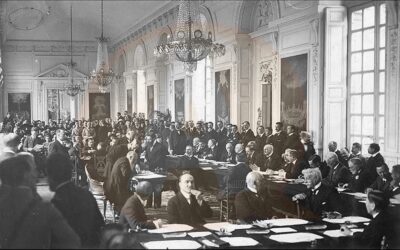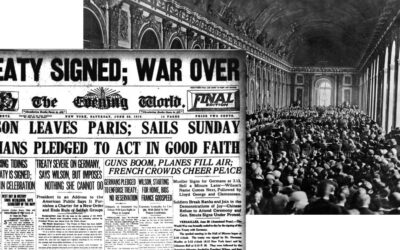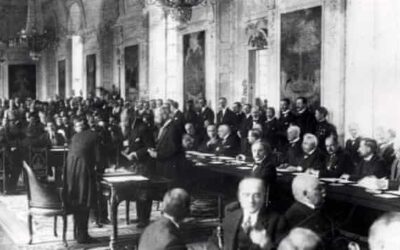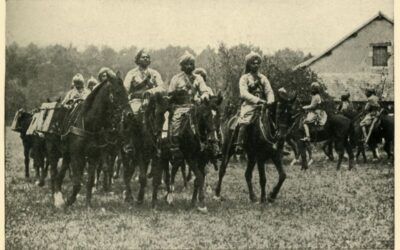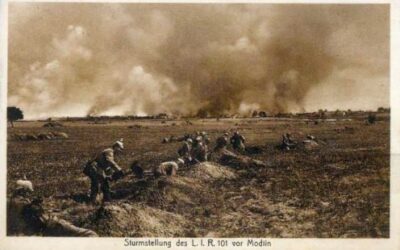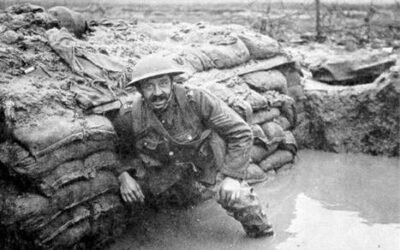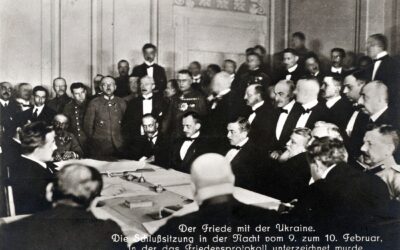Photos Of Holodomor — The Ukrainian Famine That Killed Millions
The Ukrainians call the famine the "Holodomor," a name that means "murder through starvation." In 1932 and 1933, millions died in the Ukraine. The country was hit by the Holodomor, a famine so terrible that, for the people caught in the middle of it, seeing an...
Ukraine’s Famine – How Stalin hid it from the world
In the years 1932 and 1933, a catastrophic famine swept across the Soviet Union. It began in the chaos of collectivization, when millions of peasants were forced off their land and made to join state farms. It was then exacerbated, in the autumn of 1932, when the...
Ukraine’s century-long struggle to keep its culture and independence
Ukrainians refer to Russian TV and its viewers as “Zombieland,” having long ago developed an immunity to the main talking points of Vladimir Putin’s mindless propaganda war. They know the absurdity of his claims that Kyiv is run by Nazis and drug addicts, NATO is...
Russia-Ukraine crisis: 9 milestone moments in history that explain today’s invasion
Russian forces have launched a major military attack on Ukraine, on the orders of Russian president Vladimir Putin. Tanks and troops have poured into Ukraine at points along its eastern, southern and northern borders, Ukraine says, and explosions have been heard...

Photos Of Holodomor — The Ukrainian Famine That Killed Millions
The Ukrainians call the famine the "Holodomor," a name that means "murder through starvation." In 1932 and 1933, millions died in the Ukraine. The country was hit by the Holodomor, a famine so terrible that, for the people caught in the middle of it, seeing an...
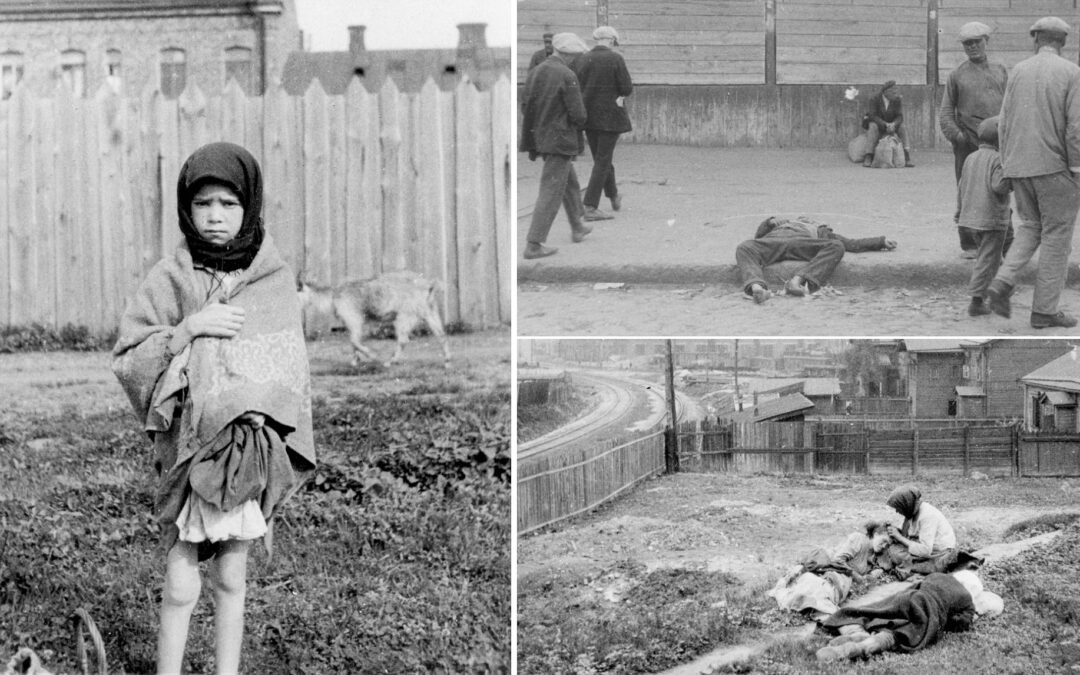
Ukraine’s Famine – How Stalin hid it from the world
In the years 1932 and 1933, a catastrophic famine swept across the Soviet Union. It began in the chaos of collectivization, when millions of peasants were forced off their land and made to join state farms. It was then exacerbated, in the autumn of 1932, when the...
The peace treaty of Trianon
The Trianon Peace Treaty was signed on June 4th, 1920 by France, Great Britain, Italy, the United States, Japan, Romania, the Kingdom of Serbs, Croats and Slovenes, Czechoslovakia and nine other states, on the one hand, and Hungary, on the other hand, being...
Romania, dissatisfied with the way negotiations were handled at the 1919 Paris Peace Conference
Ionel Brătianu, the Romanian prime minister, had a tumultuous relationship in Paris with the leaders of the Great Powers. He was deeply dissatisfied with the fact that the Great Powers did not recognize Romania’s equal status that would allow it to better promote the...
The Belgrade Convention and Romania’s interests
Romania was in a critical situation at the end of the First World War. With most of the country still occupied by the troops of the Central Powers, with its leadership in Iași and its army partially demobilized, Romania was forced to move as quickly as possible to...
The Treaty of Versailles and Clemenceau’s predictions
It was just after 3 pm, on June 28th, 1918, when the two German ministers elected for the ungrateful task of signing the Peace Treaty entered the great Hall of Mirrors in the Versailles Palace. German Foreign Minister Hermann Muller and Transport Minister Johannes...
The peace treaty of Trianon
The Trianon Peace Treaty was signed on June 4th, 1920 by France, Great Britain, Italy, the United States, Japan, Romania, the Kingdom of Serbs, Croats and Slovenes, Czechoslovakia and nine other states, on the one hand, and Hungary, on the other hand, being...
The Great Powers and Hungary at the Paris Peace Conference
The Allies considered Hungary ready to sign the peace at the end of 1919. Thus, they invited the representatives of its government to Paris for final discussions before the conclusion of the peace treaty. The French greeted the Hungarians coldly but cordially, and...
How World War-I shaped India’s fight for freedom
The year was 1914. In the month of June, the first World War broke out. The Great War, as it was known, would go on to redefine the rest of twentieth century. The war would also rekindle a hope, a much-needed direction to the Congress nationalist movement that had...
The end of 1917, when victory seemed certain for the Central Powers
The Central Powers were at their most favourable moment at the end of 1917. Russia had fallen prey to revolutions and the Bolsheviks, Lenin suing for peace. Russia’s exit from the war would have dramatic consequences for Romania, the only other Eastern European ally...
The German offensive on the Western Front in 1918, the Spanish flu and the Allies
Following the conclusion of the Treaty of Brest-Litovsk with the Russian Bolsheviks, Germany concentrated its forces on the Western Front. But the military offensives in the spring and early summer of 1918 were thwarted by both Allied soldiers and an unexpected enemy-...
The strategy of the Russian Bolsheviks in the negotiations of Brest-Litovsk
One week after the signing of the armistice between Russia and the Central Powers, negotiations between the two sides for the signing of a peace treaty began in Brest-Litovsk. The Bolsheviks successfully insisted that the talks be public, something never seen before...
